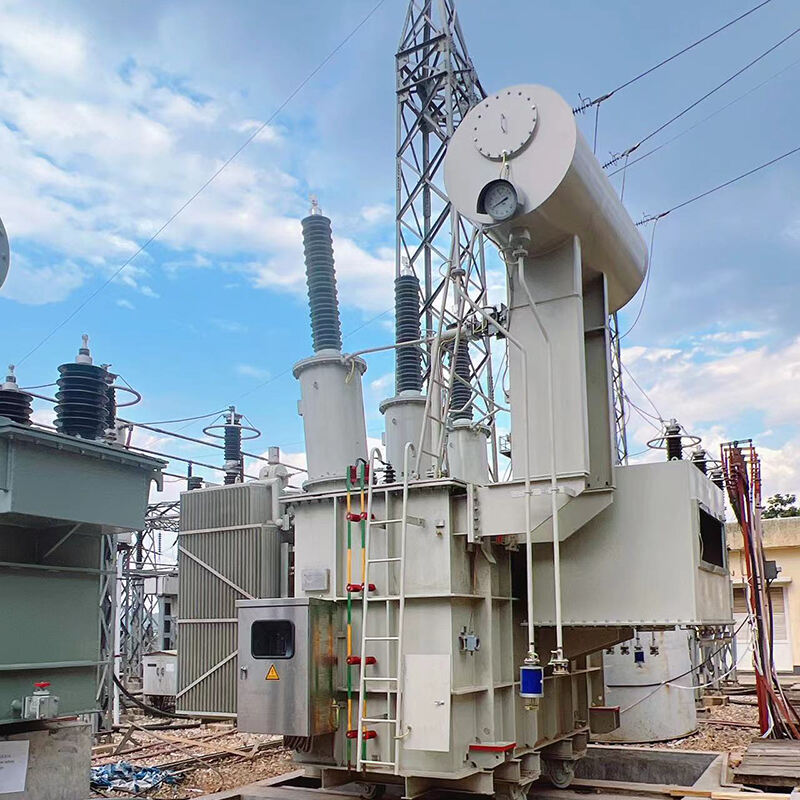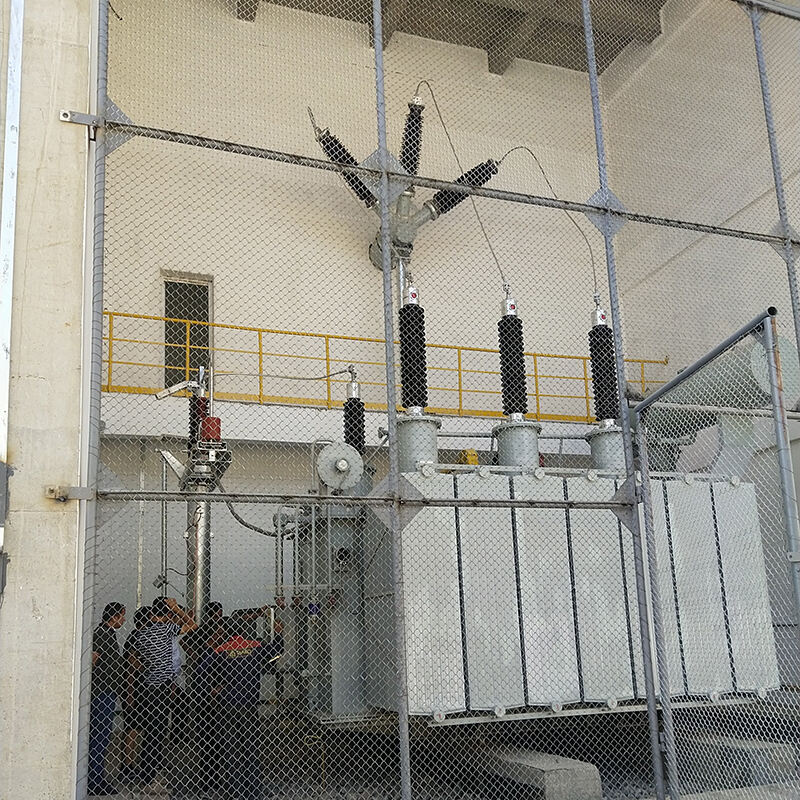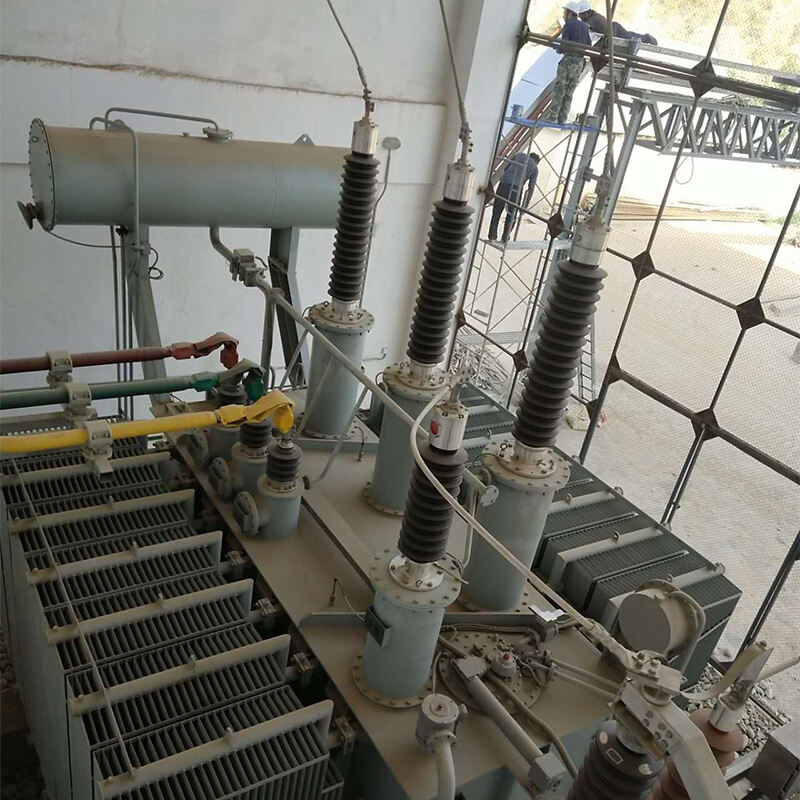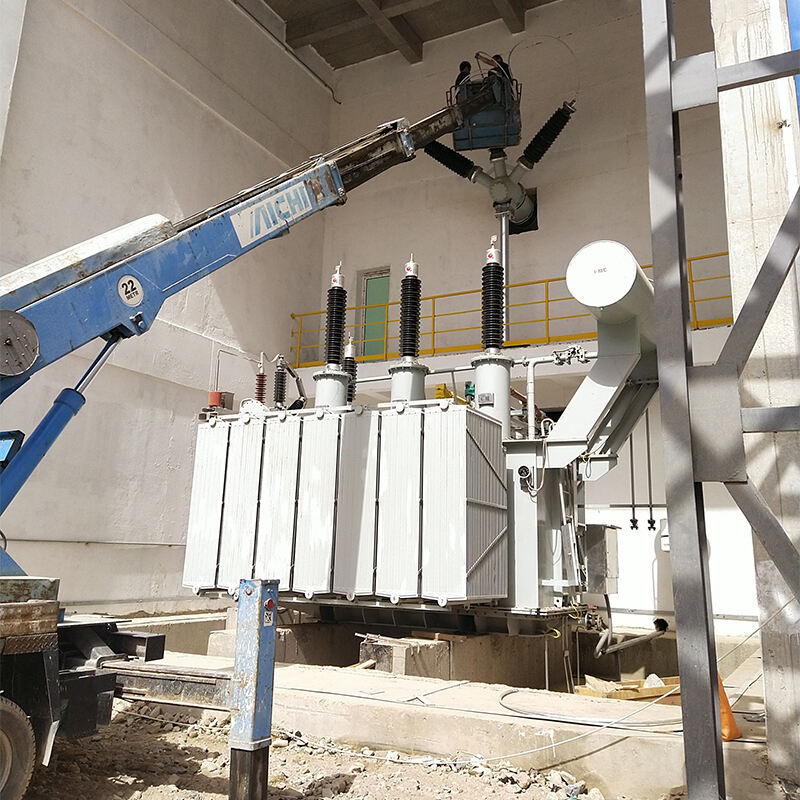As one of the countries with the richest hydropower resources in Central Asia, Tajikistan is promoting economic transformation and energy export strategies by upgrading power infrastructure and expanding regional energy interconnection. However, the country still faces challenges such as an aging power grid, high transmission losses, power shortages in winter, and low power supply coverage in remote mountainous areas. Against this background, YAWEI Power Transformers have become an important technical partner in the process of power modernization in Tajikistan with their high-altitude adaptability, efficient energy-saving characteristics and customized services.
In view of the mountainous terrain and energy structure characteristics of Tajikistan, Yawei Transformer has carried out targeted optimization design:

High-altitude operation: 90% of Tajikistan's territory is mountainous, with an average altitude of over 3,000 meters. Yawei transformers adopt high-altitude dedicated insulation systems (such as C-class high-temperature resistant materials) and low-pressure heat dissipation designs to ensure stable operation in low-oxygen and strong ultraviolet environments.
Cold resistance and earthquake resistance: The box body is made of low-temperature steel (applicable from -40°C to +50°C) and has passed the IEC 60068-2-6 earthquake resistance certification, adapting to the dual challenges of extremely cold winters and seismic-active areas in the Pamir Plateau.
By adopting stepped joint core and amorphous alloy materials, the no-load loss is reduced by 35% compared with traditional transformers, which meets the loss reduction requirements of the old power grid in Tajikistan (the current transmission loss is about 20%).
Supports multi-voltage level conversion (such as 110kV/35kV/10kV), and is suitable for the voltage fluctuation problem of long-distance power transmission in mountainous areas.


It is equipped with an on-load voltage regulating switch (OLTC), with a voltage regulation range of ±10%, to smooth out the seasonal output fluctuations of large hydropower stations such as Nulek Hydropower Station.
Integrate intelligent monitoring modules (such as oil temperature sensors and humidity alarms), and connect with the system of the Tajikistan National Dispatch Center (NCC) to achieve remote load optimization.
Through technological customization, cost optimization and in-depth localization, Yawei Power transformers not only help Tajikistan break through the bottleneck of energy infrastructure, but also, with their efficient, reliable and green characteristics, have become the core driving force for the development of hydropower resources and regional energy interconnection in Central Asia.
In the future, with the in-depth integration of the "Belt and Road Initiative" and the energy strategy of Central Asia, Tajikistan is expected to further consolidate its leading position in the electricity market of Tajikistan and Central Asia, and inject new impetus into the sustainable development of energy on the Eurasian continent.
